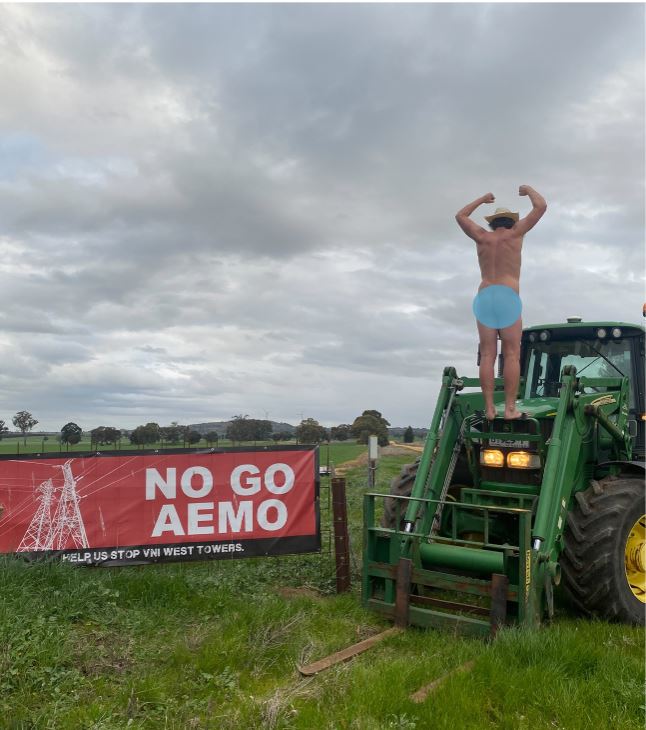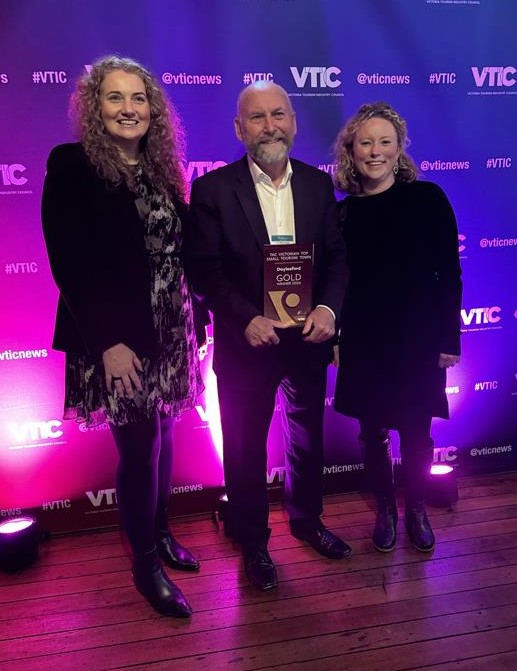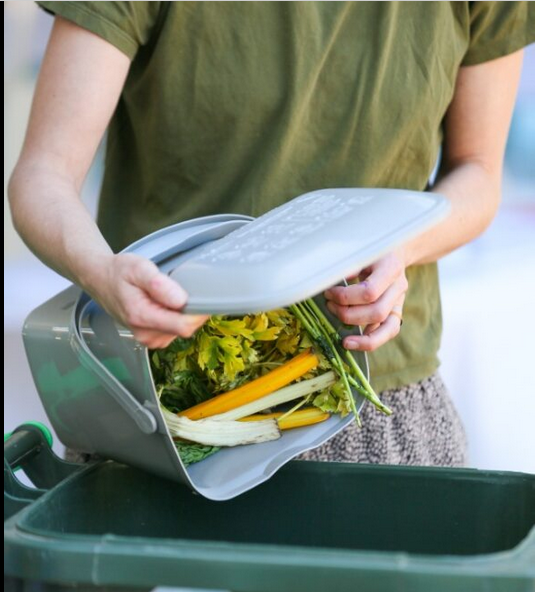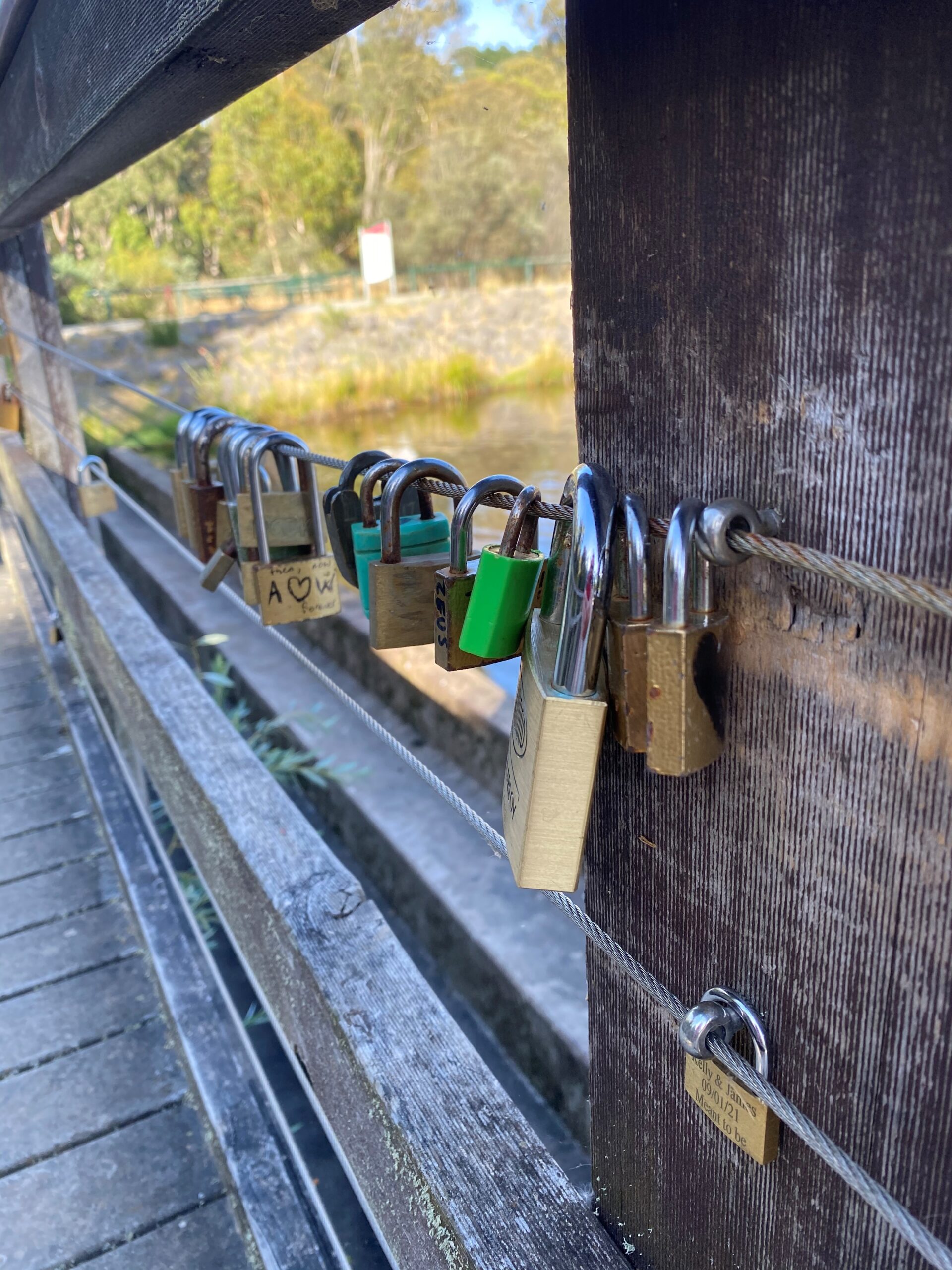August 16th, 2023Stop the Towers rally reaches Spring Street

Words: Donna Kelly | Image: Contributed
A STOP the Towers rally went all the way to the steps of Parliament House in Spring Street, yesterday Tuesday, August 15.
A convoy of tractors, agricultural vehicles, horses and fire trucks departed Cathedral Place at 12.45pm and formed a distinctive procession along Spring Street and around Parliament House.
The event was organised by the Regional Victoria Power Alliance, consisting of farmers, their rural, regional, and suburban neighbours, retail and tourism business owners, and many other community members. Alliance members come from Central, Western and North Western Victoria and are deeply concerned about “the irreversible environmental, social, and economic impact that will occur from two 500kV overhead transmission line projects known as VNI West and Western Renewables Link (VNI West Stage 1)”.
The members say their fight is against the industrialising of the regional and rural areas with the message: The Victorian Government must Stop the Towers – save the environment, communities, and farms and find a better solution to transmit electricity and support the transition to renewable energy.
Spokesperson Glenden Watts, “the naked farmer” from Yeungroon, says that he and everyone else in the western and north-western regions only learnt earlier this year that they were in an area of interest for VNI West.
“Over the past few years whenever we heard about the people fighting the Western Renewables Link, we had thought ‘poor buggers’ but we never thought this would happen to us,” he said.
Glenden said to deliver both projects the Victorian Government, in consultation with AEMO, was proposing to construct over 800 steel towers up to 80m in height, around the same height as the MCG lights.
The steel towers will carry the high-voltage transmission lines for over 400km, running westwards from Sydenham on the edge of Melbourne to Bulgana near Ararat and then northwards to Kerang and beyond before crossing over the Murray River into New South Wales, he said.
“The farming families who will be impacted have already cared for their land over many generations. We grow and raise food and fibre for our state and our nation, and we look after our environment.”
Glenden said the alliance supported renewable energy, action on climate change and protecting the environment.
“But we want the transition away from fossil fuels to use environmentally sustainable energy solutions. A green generation solution requires a green transmission solution. Constructing more overhead electricity transmission lines using century-old technology is not in Australia’s strategic national interest, nor cost-
effective given its irreversible environmental, social, and economic impact.”
Ballarat federal MP, Catherine King said she had been deeply concerned about the project since she first heard about it “and my position hasn’t changed”.
“I have been clear from the start that our community should have been better listened to throughout this entire process. This is a beautiful, productive part of the world. While new transmission lines do need to be built to connect renewable energy into the electricity grid, this is not the way to do it.
“Through my submission to the most recent AEMO consultation process, I continued to encourage AEMO and the project’s proponents to properly consult with impacted communities.”
Macedon state MP Mary-Anne Thomas said new transmission was vital for securing affordable power for Victorians and enabling the development of the renewable energy industry as “we work towards net-zero emissions by 2045”.
“These transmissions projects will form part of the national electricity grid and deliver more affordable and renewable power to Victorians. VicGrid is already providing greater oversight of the development of the WRL and VNI West projects that are being developed by AusNet and AEMO. WRL is still subject to an EES, which will consider alternative routes and undergrounding.
“There will be full and fair compensation payment for landowners who host new transmission infrastructure. The details of these payments will be negotiated on a case-by-case basis with property owners once a final route for the project is determined.”
An AusNet spokesperson said AusNet was working with government and stakeholders to accelerate critical transmission projects that will secure affordable, renewable and reliable energy to Victorian homes and businesses.
“We continue to consult with communities as we refine the proposed route to minimise impacts on landholders, the environment and farming operations, and thank those landholders who are working with us.”










